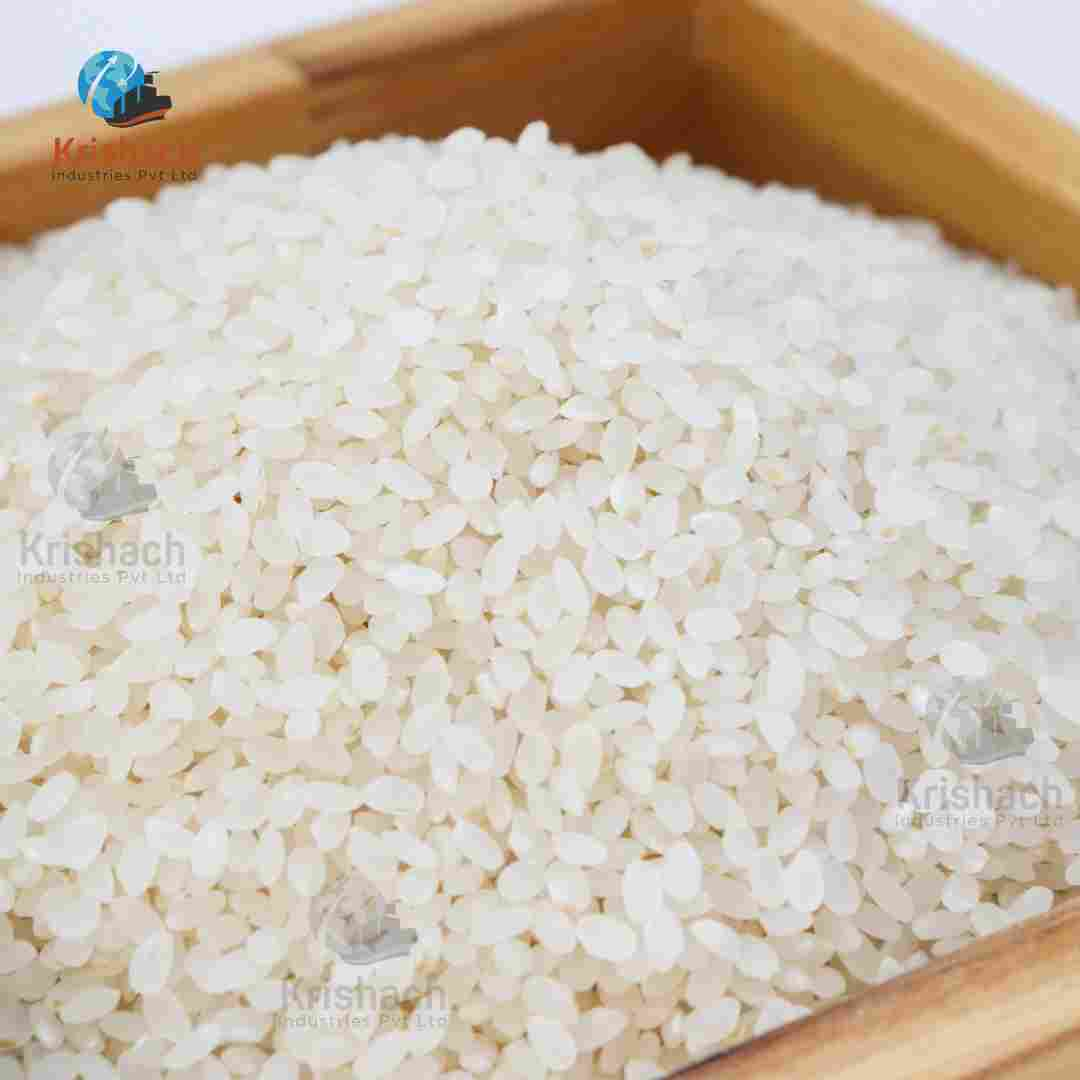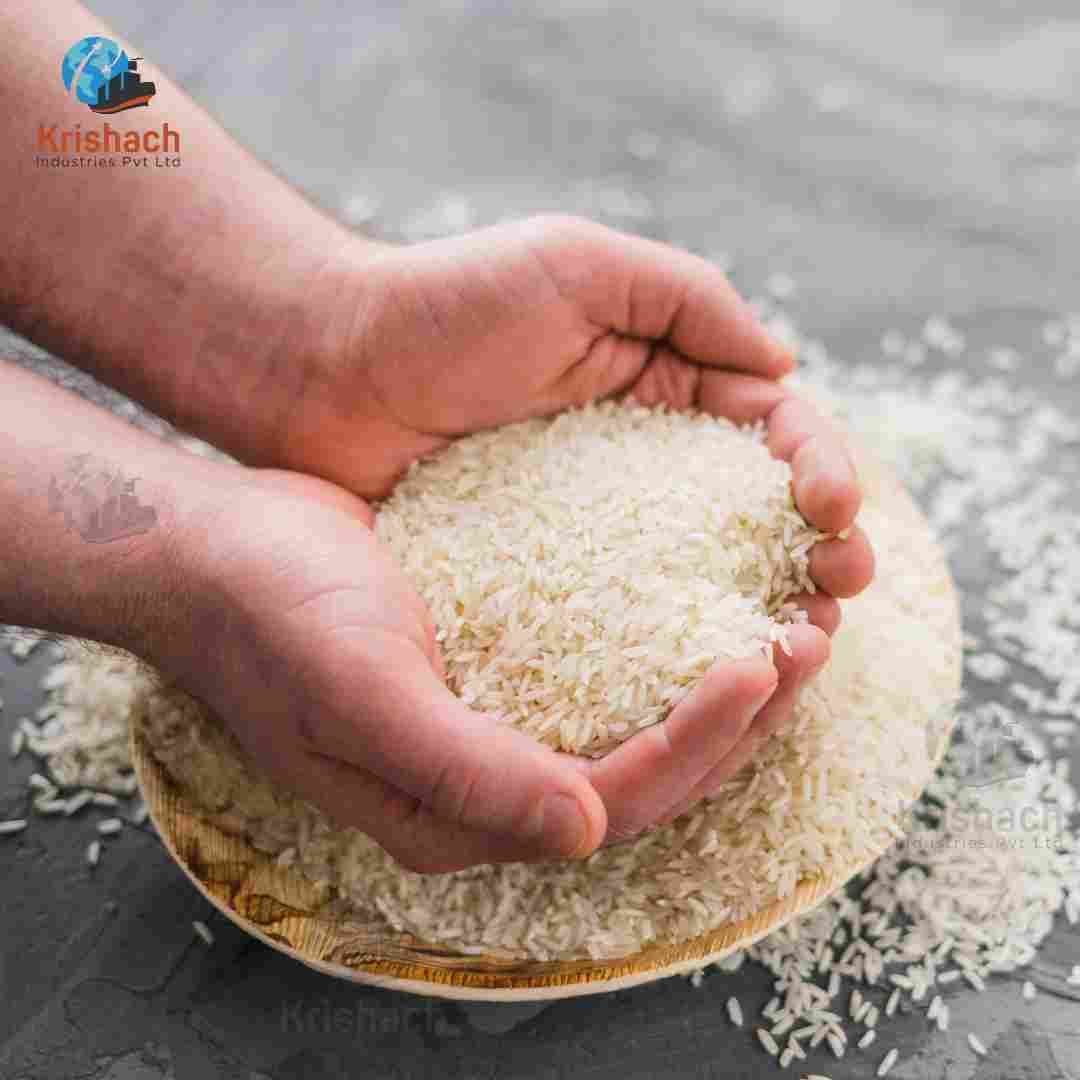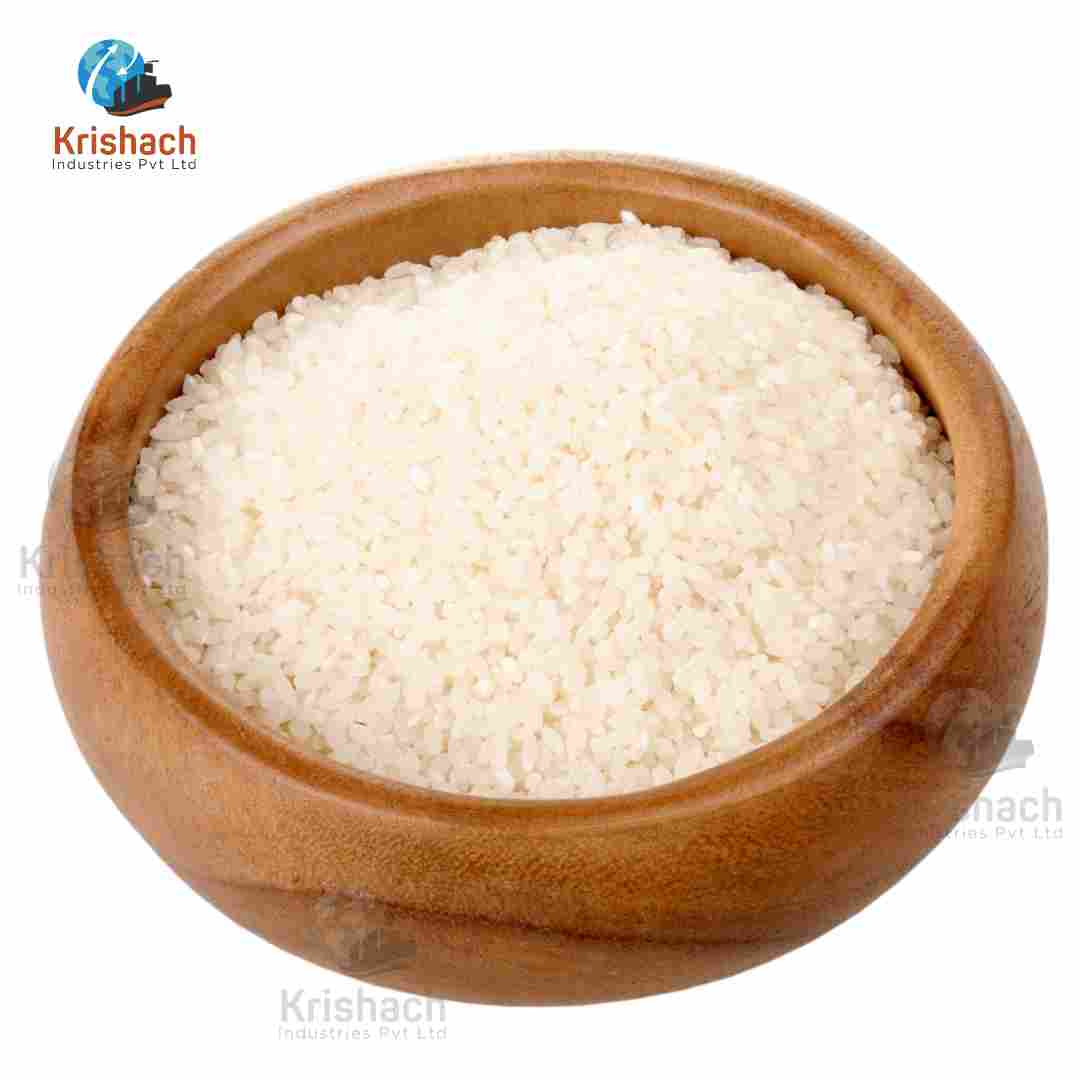Broken rice refers to fragments of rice grains that occur during the milling process when the rice grains are broken into smaller pieces. It is a popular staple in many parts of the world, particularly in Southeast Asia and Africa, where it is prized for its versatility and affordability. Broken rice is nutritionally similar to whole rice and is often used in various dishes, especially in areas where it is produced.
Key Characteristics of Broken Rice:
Appearance:
Shape: Small, uneven fragments of rice grains that vary in size, typically shorter than full grains.
Size: Smaller than whole grains, with some pieces as small as half a grain or less.
Color: White, light brown, or reddish, depending on the type of rice (e.g., white rice, brown rice, or red rice).
Texture:
Raw: Firm and hard when uncooked.
Cooked: Broken rice becomes softer and stickier compared to whole rice grains, depending on how it is prepared.
Aroma: Broken rice retains the characteristic aroma of the rice variety from which it is derived. White broken rice has a mild, neutral smell, while brown or red broken rice may have a slightly earthier aroma.
Flavor: Broken rice has a similar flavor profile to its full-grain counterpart. It has a neutral taste that absorbs the flavors of spices and seasonings well, making it suitable for a wide range of dishes.
Specification:
Culinary Uses:
Rice Porridge: Often used to make porridges, such as the Vietnamese Cháo, due to its soft and sticky texture when cooked.
Side Dishes: Cooked and served as a base for curries, stir-fries, or stews.
Rice Flour: Broken rice is sometimes milled into rice flour, which is used in baking and cooking.
Animal Feed: Lower-quality broken rice is often used in animal feed production.
Nutritional Value: Broken rice offers similar nutritional benefits as whole rice, including carbohydrates, protein, fiber, and essential vitamins and minerals like vitamin B, iron, and magnesium. Brown broken rice retains more fiber and nutrients than white broken rice due to the bran layer remaining intact.
Broken rice is a cost-effective option that provides versatility in cooking while retaining the essential nutritional benefits of whole rice grains. It is used in both traditional and contemporary dishes in many cultures worldwide.
Benefits:
Broken rice is rich in carbohydrates and provides energy. It is easy to digest and is often preferred for making dishes that require a softer texture.
Cultivate Seasons for India:
Rice is predominantly cultivated during the kharif season in India, with sowing usually done in November-December.
Our Services
Reliable Sourcing:
Reliable sourcing of broken rice in India begins with identifying reputable rice mills and suppliers in major rice-producing regions like Punjab, Haryana, West Bengal, Uttar Pradesh, Andhra Pradesh, and Tamil Nadu. The quality of broken rice largely depends on the initial paddy selection, which is sourced from farms adhering to sustainable agricultural practices and Good Agricultural Practices (GAP). These regions are known for their high-yield rice varieties, ensuring that the broken rice is derived from premium-quality grains. Partnering with certified suppliers who follow strict quality control standards ensures that the broken rice meets international standards for purity and safety.
Premium Quality Assurance:
Premium quality assurance for broken rice involves thorough inspection and testing at each stage of processing. It starts with ensuring that the paddy is free from contaminants such as pesticides, heavy metals, and aflatoxins. During the milling process, the broken rice is carefully separated from whole grains and sorted based on size and uniformity. Advanced sorting technology ensures that foreign materials like stones, husks, and dust are removed. Regular testing for moisture content (which should be kept below 12%) ensures the rice remains safe for long-term storage. Quality tests also check for the presence of impurities, microbial contamination, and overall nutritional value. Broken rice is then packed in food-grade, airtight bags to retain freshness and prevent spoilage during transportation and storage.
Processes:
The process of obtaining broken rice begins with the traditional rice milling process:
Harvesting: Paddy rice is harvested at full maturity to ensure high-quality grains.
Drying: The harvested paddy is sun-dried or mechanically dried to reduce moisture content to an optimal level for milling.
Milling: The rice undergoes milling, where the outer husk and bran layers are removed. During this process, some grains break, resulting in broken rice.
Sorting and Grading: The broken rice is separated from whole grains and sorted based on size and quality. Specialized equipment is used to remove impurities and ensure uniformity.
Polishing: In some cases, broken rice is polished to improve its appearance, making it more appealing to consumers.
Packaging: The cleaned and sorted broken rice is packed in moisture-resistant, food-grade packaging to maintain its quality during storage and transport.
This thorough process ensures that the broken rice is of premium quality, safe for consumption, and meets both domestic and export market standards. The focus on sustainable sourcing and stringent quality control makes broken rice a valuable product in the food industry.
Packaging, Shipping & Delivery
Packaging:
Bags and Pouches:
For Broken Rice, high-quality food-grade materials such as laminated multi-layer pouches (made of materials like PET, PE, BOPP, and Aluminum foil) are used. These bags are moisture-proof and help retain the freshness, flavor, and aroma of the spices. Zip-lock pouches, stand-up pouches, and resealable bags are also popular for smaller quantities.
Polypropylene (PP) Woven Bags:
These are the most common types of bags used for packaging large quantities (25 kg and 40 kg) of Broken Rice. They are made of woven polypropylene material, which is strong, lightweight, and durable, providing excellent resistance to tearing and damage during handling and transport.
Laminated Bags:
For additional protection against moisture and humidity, PP woven bags can be laminated with a layer of plastic film. This lamination creates a barrier against moisture, ensuring the spices stay dry and fresh during transportation and storage.
Multi-Wall Paper Bags:
These bags consist of several layers of kraft paper, which provide strength and are often lined with a plastic or polyethylene layer to offer protection against moisture and humidity. They are environmentally friendly and widely used in many markets for exporting food products.
Vacuum-Sealed Packaging:
This type of packaging removes air from the package before sealing, which helps prevent oxidation and moisture build-up, preserving the quality and extending the shelf life of the spices.
Paper or Carton Boxes:
After the packaging, the smaller bags or pouches are placed in corrugated cardboard cartons or paper boxes. These cartons are sturdy, stackable, and protect the contents from physical damage during handling and transportation.
Palletization and Wrapping:
Cartons or sacks are often stacked on wooden or plastic pallets and wrapped with stretch film or shrink wrap. This provides stability, reduces the risk of damage during transport, and makes handling more efficient.
Export Documentation:
Handle all necessary export documentation, including phytosanitary certificates, certificates of origin, and any specific certifications required by the importing country.
Efficient Shipping:
Partner with reliable freight forwarders and logistics companies to ensure timely and safe delivery of goods. Offer multiple shipping options (air, sea, or land) based on customer preferences.























